The New York Times crosswords have long been a staple of intellectual challenge and entertainment, testing the limits of knowledge, vocabulary, and problem-solving skills. For June 23, this tradition continues with a particularly engaging puzzle that has left many enthusiasts eager for hints and solutions.
The New York Times crossword puzzles are famously known for their unique blend of challenge and satisfaction. Set against the backdrop of intriguing themes, these puzzles not only test your vocabulary but also your lateral thinking and problem-solving abilities. The puzzle for June 23 is no exception, promising to engage both seasoned veterans and new enthusiasts alike.
Each daily crossword comes with its own set of challenges, distinguishing itself in complexity and theme. While it’s rewarding to work through the clues and bring the entire puzzle to completion solo, sometimes a little nudge in the form of a hint can enhance the experience and help the solver understand the ingenuity behind the clues. For those tackling the June 23 puzzle, there are numerous playful and cerebral clues to unravel.
Let’s start with some hints: The puzzle doesn’t shy away from utilizing a variety of topics. It requires a keen eye for details and the ability to make connections between seemingly disparate concepts. For instance, a common strategy to successfully complete these puzzles is to identify the clues that are less ambiguous. Once a few keystones are placed, the rest of the puzzle often falls into place more readily.
For those in need of solutions, the puzzle includes several dynamic clues that can trip up even the most seasoned solvers. For example, the cleverness of the clues often lies in the double meanings and word play, which can lead to numerous interpretations before landing on the right one. Sometimes, reverse engineering a clue, breaking it down into smaller parts, or reconsidering it after walking away for a moment provides the breakthrough required.
There’s more to solving puzzles than filling in the correct answers. Engaging with crosswords involves embracing a rich cultural tapestry, honing linguistic intuition, and cultivating patience and creativity. Solving puzzles like those from June 23 can serve as mental exercise, fostering a sharper mind and a more agile thought process.
To make the most out of your experience, consider regularly challenging yourself with puzzles of varying difficulty. This builds not just specific skills in problem-solving but also enhances general cognitive abilities. Moreover, sharing and discussing with friends or on forums can provide fresh insights and foster a sense of community among puzzle enthusiasts.
Finally, as you enjoy solving the June 23 puzzle, remember that every crossword completed is a victory in itself. Each correct letter, word, and completed section is a testament to keen observational skills and a deep understanding cultivated through practice and passion.
In closing, the New York Times crossword puzzles continue to captivate and challenge solvers across the globe. The patience and tenacity required to solve these puzzles are both a cognitive exercise and a source of joy for many. Tackling a puzzle such as the one from June 23 is not just about finding the right answers, but also about enjoying the journey of discovery with each clue.
Let the hints guide you, and if necessary, refer to the solutions to appreciate the language and logic behind each clue. Enjoy the process and happy puzzling!
IT Trend
NYT Strands hints


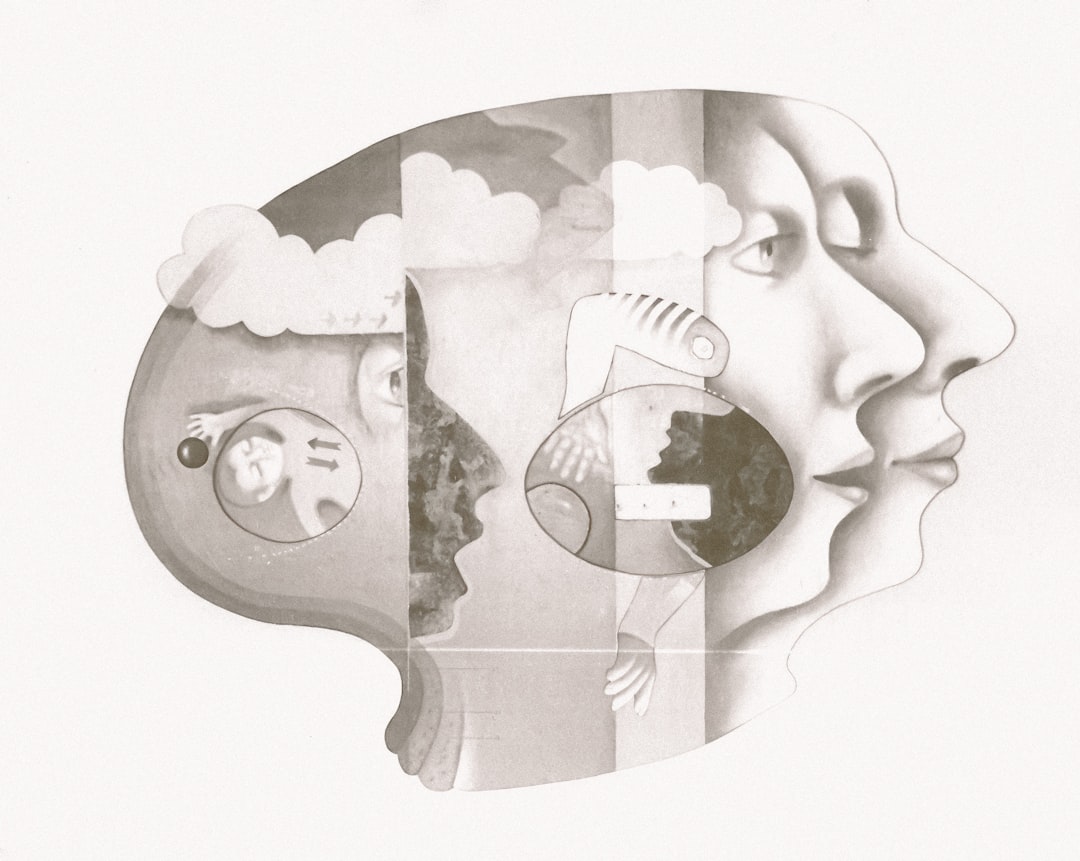
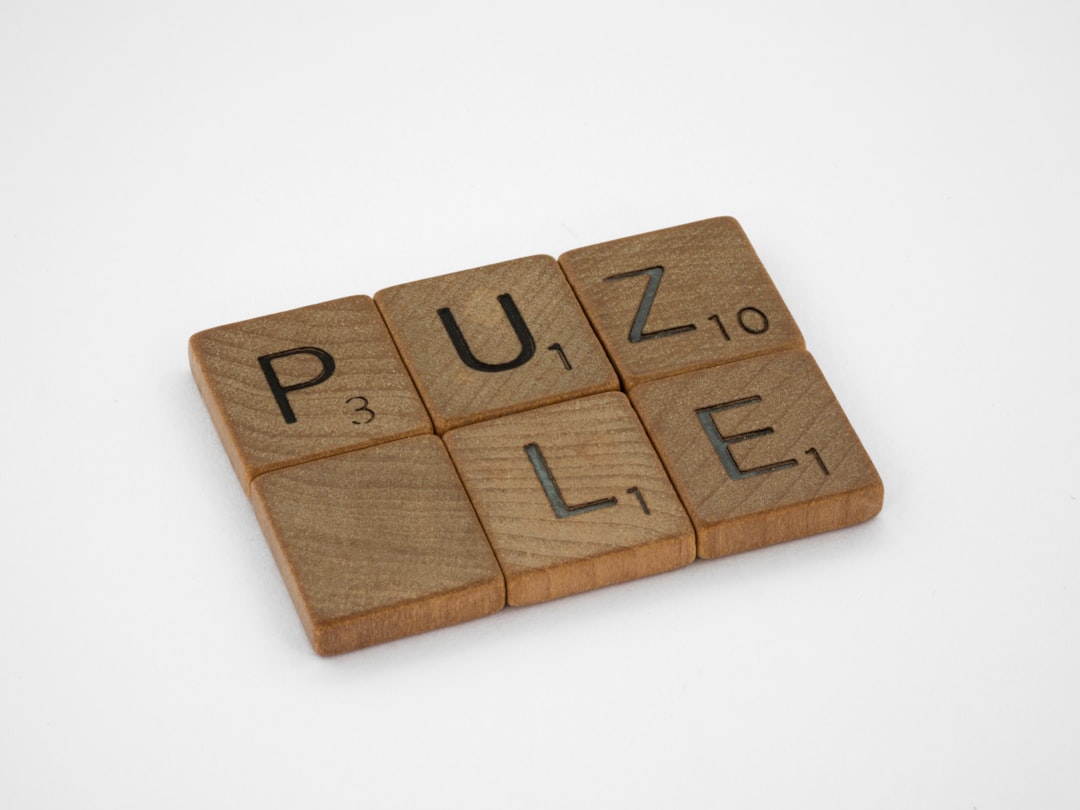

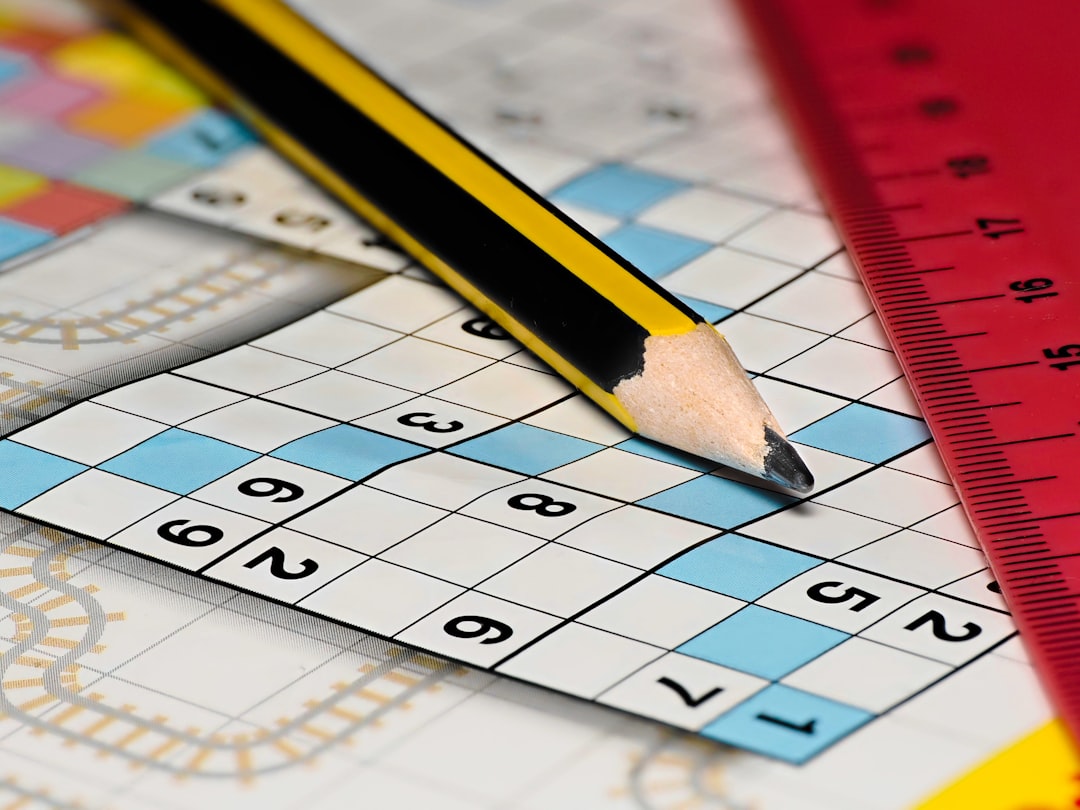


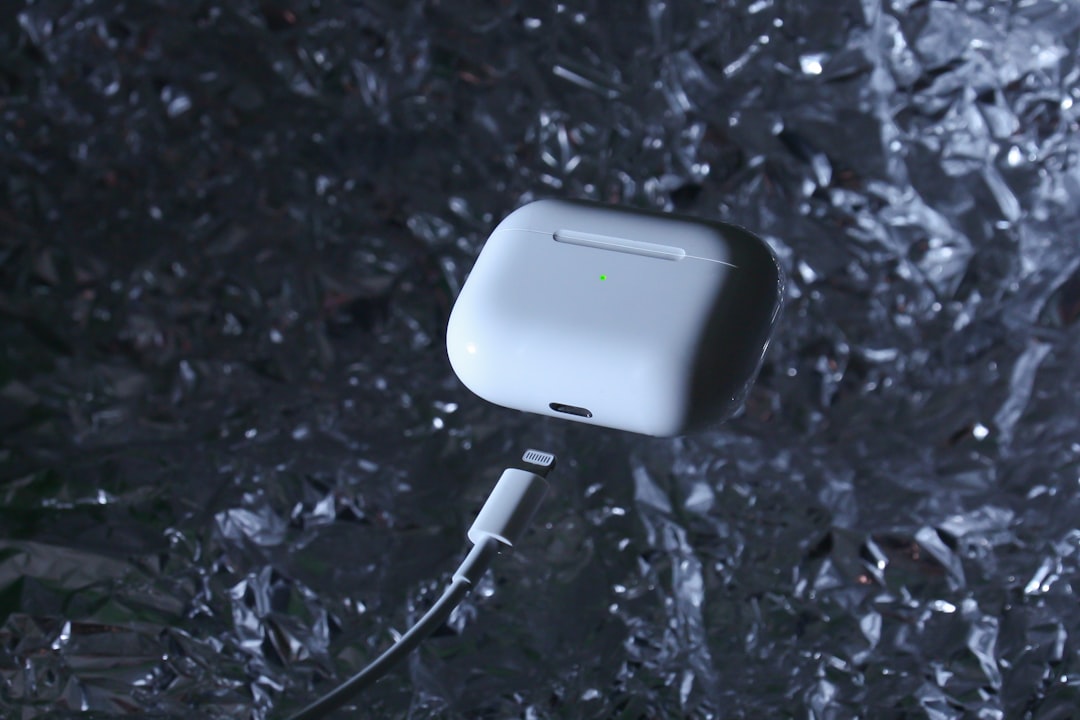





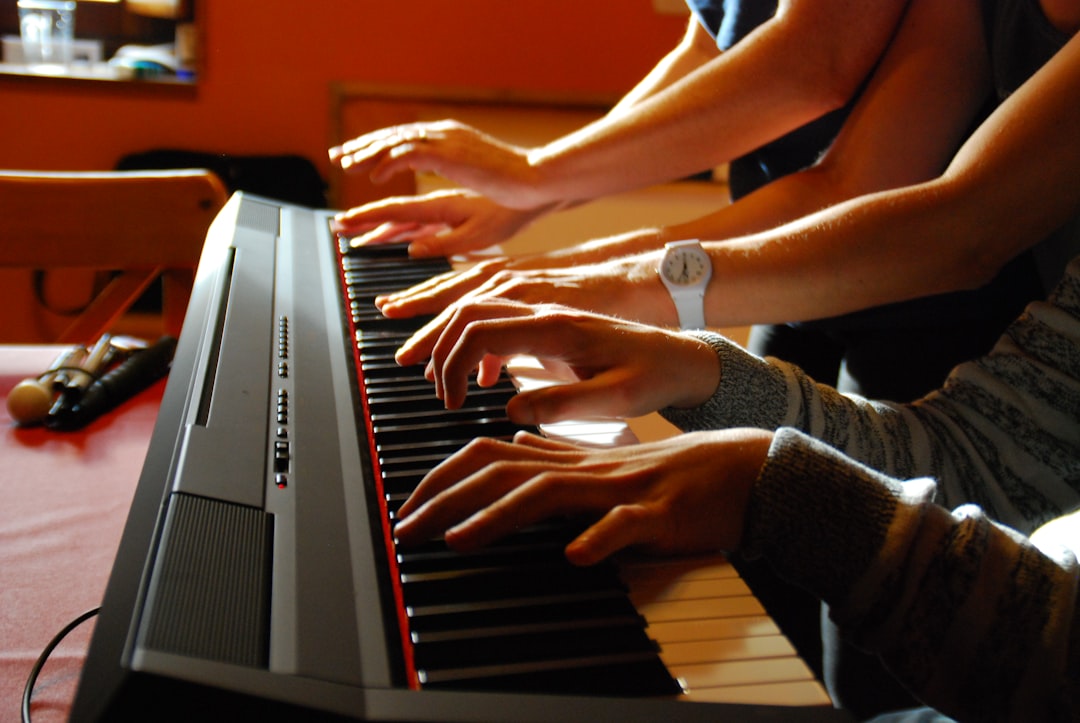
Leave a Reply